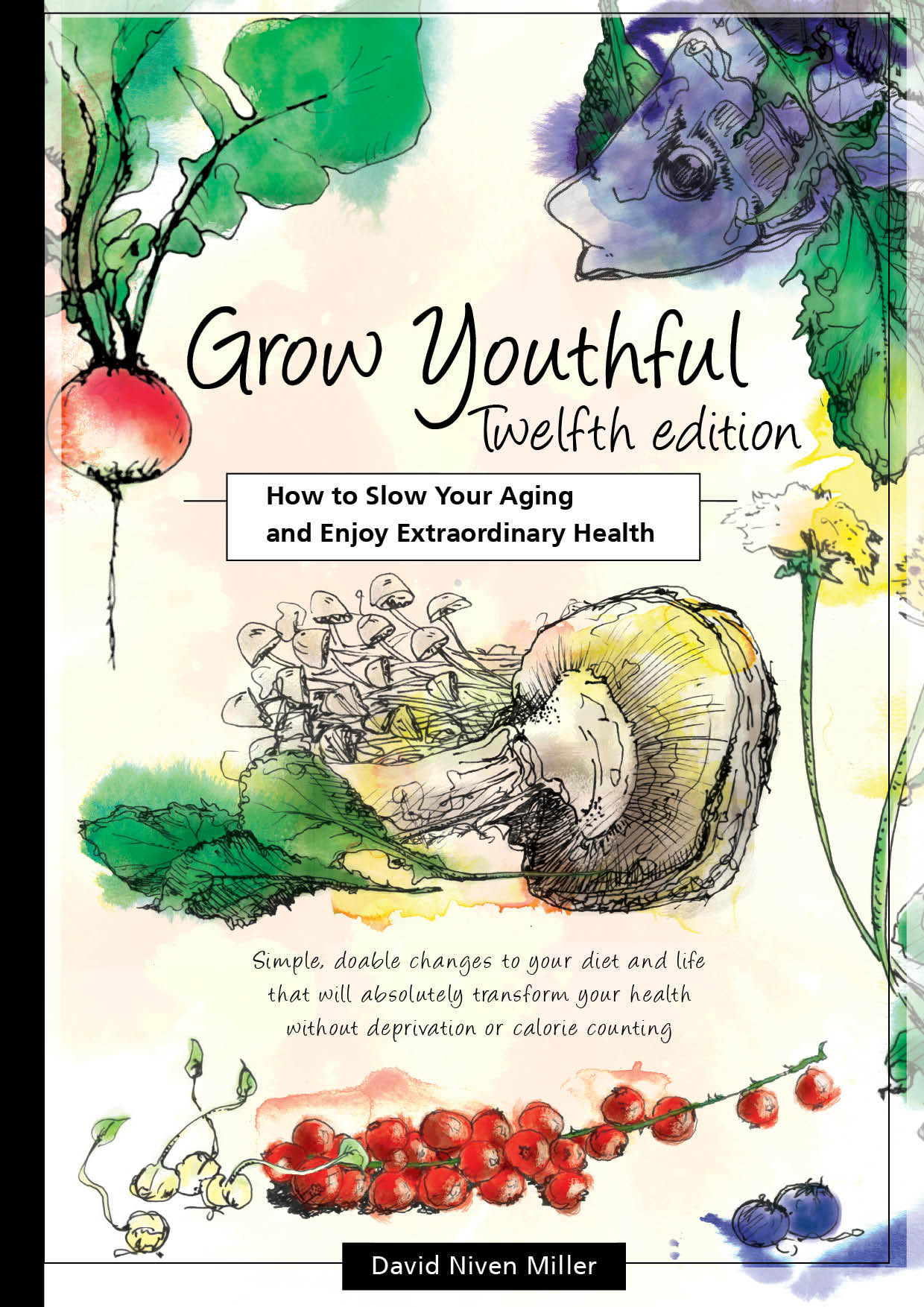
Coriander
Coriander, the healing spice
Coriander removes mercury, lead and othe heavy metals
Traditional uses of coriander
References
Coriander, the healing spice
Coriander is also known as cilantro (Spanish), dhania (Hindi) or Malli (Malay). The leaves are often called Chinese parsley. Coriandrum sativum is an annual herb in the family apiaceae.
Coriander is a soft, hairless plant growing to 50 cm (20") high. It is native to southern Europe and North Africa to south-west Asia.
All parts of the coriander plant are edible. The fresh leaves and the dried seeds are the parts most commonly used in cooking. Fresh coriander leaves are aromatic, with a unique flavour that is one of the secret ingredients in Thai cooking. The leaves have a soapy citrus taste, sometimes compared to the stink bug. They look a little like Italian parsley, and can be used in the same way (though coriander has a very different and much stronger flavour. The seeds have a fresh, spicy, lemony flavour when ground. The seeds are also used for the production of essential oil. Coriander roots have a deeper, more intense flavour than the leaves. They are used in a variety of Asian cuisines, particularly Thai dishes, including soups and curry pastes.

Coriander removes mercury, lead and othe heavy metals
If a handful or more of fresh leaves are consumed daily, they can remove mercury and other heavy toxic metals from the body. In particular, coriander seems to be the only chelating agent that can remove these metals from the central nervous system. This makes it useful for people who want to detoxify after the removal of mercury tooth fillings, or to those who have been exposed to high levels of lead in childhood, for example.
Dried cilantro does not work as a chelating agent.
Coriander can cause an allergic reaction in some people.
These properties should make coriander useful for the treatment of Alzheimer's disease, depression, and some other nervous and mental diseases.
Coriander contains antioxidants, with the leaves having the highest levels. (1) In addition to its health effects, it makes it useful for to delay or prevent the spoilage of fresh food seasoned with this spice.
It also has anti-bacterial properties (2).
Traditional uses of coriander
- Anxiety - has a calming effect
- Insomnia - assists with sleep
- Diuretic - increases the rate of urination to help with the removal of liquid build-up in the body
- Settles the stomach
- Digestive aid
- Prevents flatulence
- Diabetes treatment. A study on mice found coriander extract had both insulin-releasing and insulin-like activity (3).
- Prevents heart and arterial disease. Coriander can lower levels of triglycerides, and raise levels of high-density lipoprotein cholesterol. This appears to be caused by increasing synthesis of bile by the liver and causing breakdown of cholesterol into other compounds. (4)
References
1. Wangensteen H., Samuelsen A. B., Malterud K. E.
Antioxidant activity in extracts from coriander.
2004 Food Chemistry 88 (2): 293.
2. Kubo I., Fujita K. I., Kubo A., Nihei K. I., Ogura T.
Antibacterial Activity of Coriander Volatile Compounds against Salmonella choleraesuis.
2004 Journal of Agricultural and Food Chemistry 52 (11): 3329-3332.
3. Gray A. M., Flatt P. R.
Insulin-releasing and insulin-like activity of the traditional anti-diabetic plant Coriandrum sativum (coriander).
2007 British Journal of Nutrition 81 (3): 203.
4. Chithra V., Leelamma S.
Hypolipidemic effect of coriander seeds (Coriandrum sativum): Mechanism of action.
1997. Plant Foods for Human Nutrition 51 (2): 167-172.
